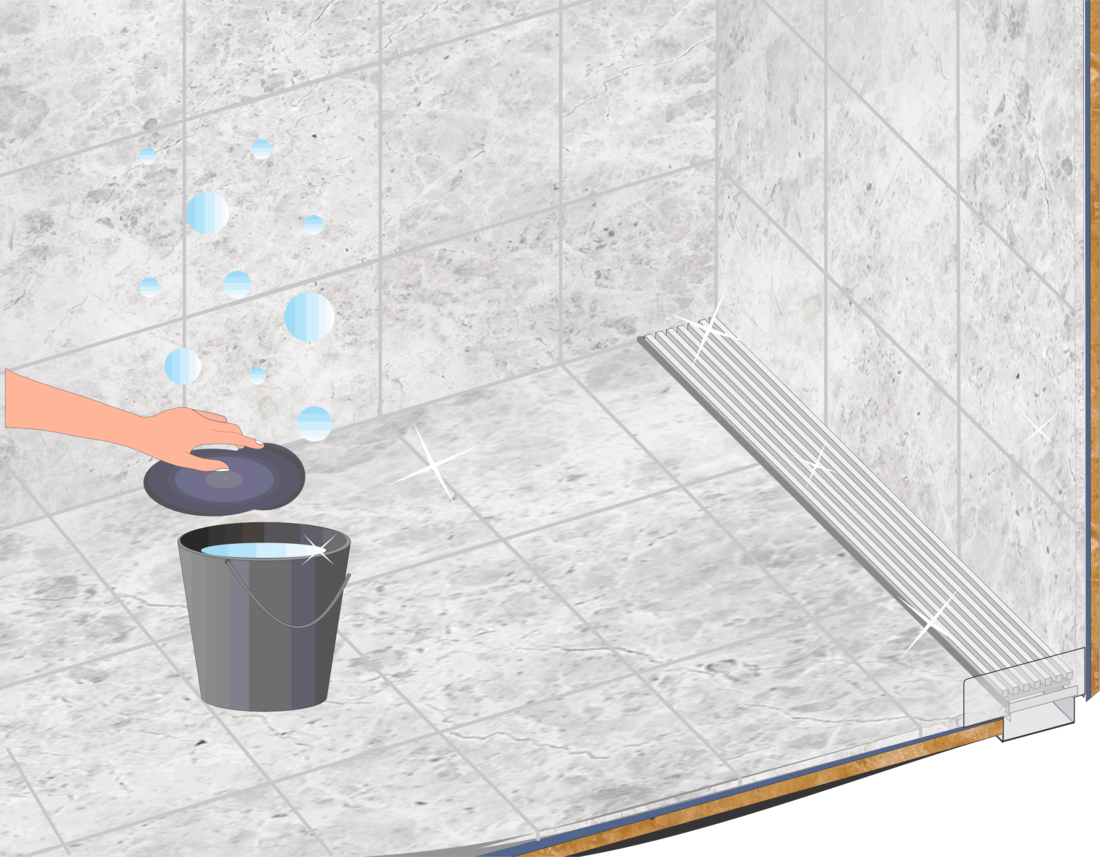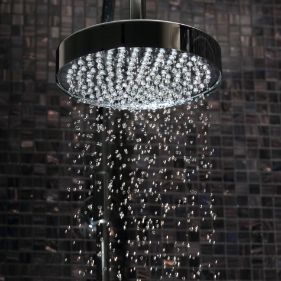Install and Maintenance Guides
| You can find and download installation guides and instructions for installing your drains here:
|
Installation Tips | |
| 1. All Bathroom lineal drains with waterproofing flanges are to be installed AFTER plaster and tile underlay/screed have been installed and BEFORE waterproofing. The CDS bathroom drain needs to go in front of the wall plaster and on top of the tile underlay/screeds. Do NOT sit the plasterboard/underlay inside the waterproofing flanges. Please do not hesitate to call us if we can be of further assistance. |  |
Care and Maintenance | |
| We only use the best quality 316 Marine Grade Stainless Steel, electropolished after manufacture to create high quality, polished appearance. With a few simple steps, you can maintain your product to keep it functioning well and looking great. The most important steps to remember are:
Stainless Steel is a durable, low maintenance material that will give you years of quality. To keep your new drain working well and looking good, it is recommended that drains be cleaned approximately every 12 weeks. Stainless Steel will retain its high-quality finish when cleaned regularly with plenty of water and dried afterwards to ensure that watermarks are not left on the surface.
Download our Maintenance and Care pdf |   |
Care Advice
| Follow the advice below to maintain your product throughout its life:
|
|
